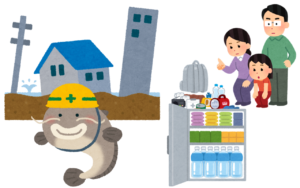
The Ministry of Health, Labor and Welfare (MHLW) announced yesterday that it will raise pension payments for the next fiscal year.
The rate of increase will be 1.9% for those aged 68 and above, and 2.2% for those aged 67 and below.
What is interesting to note is that the rate of increase is not the same for different ages.
Japan's pension system has been revised many times in the past. Each time, the system has become more complicated, and it is no longer easy for ordinary citizens to understand.
The difference in the rate of increase based on age this time is also at a level that cannot be understood without looking up the proper explanation. At least, few people would be able to understand it just by reading the newspaper announcement.
The following is a brief explanation of why the rate of increase depends on age.
There are two types of pension benefit revisions. The first is a revision for new pension arbitrageurs, whose pensions are revised based on the wage changes of the working-age population over the past two to four years. The age of entitlement for new arbitrageurs is the one in the year in which the person turns 65 in that year, plus two years back in the wage rate. So it applies to those who are 65 years old plus two years plus 67 years old or younger. This is called the wage sliding scale.
The other revision, which is applied to ex-arbitrage holders, is based on the rate of price fluctuation. This is the so-called price indexing formula
The actual revision rate is complicated because it is calculated by multiplying the wage and price fluctuation rates by the previous year's revision rate and the macroeconomic adjustment rate. In particular, the macroeconomic adjustment rate is determined by the government, which is opaque and difficult for the general public to understand.
I am a new arbiter and will be going up 2.2%. I'll be honestly happy here.









